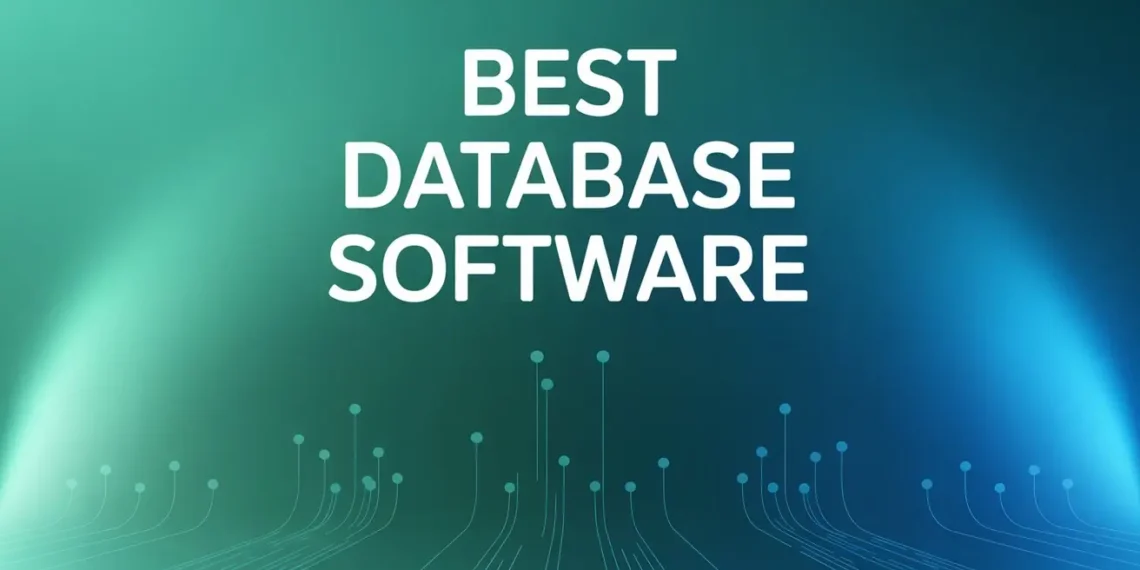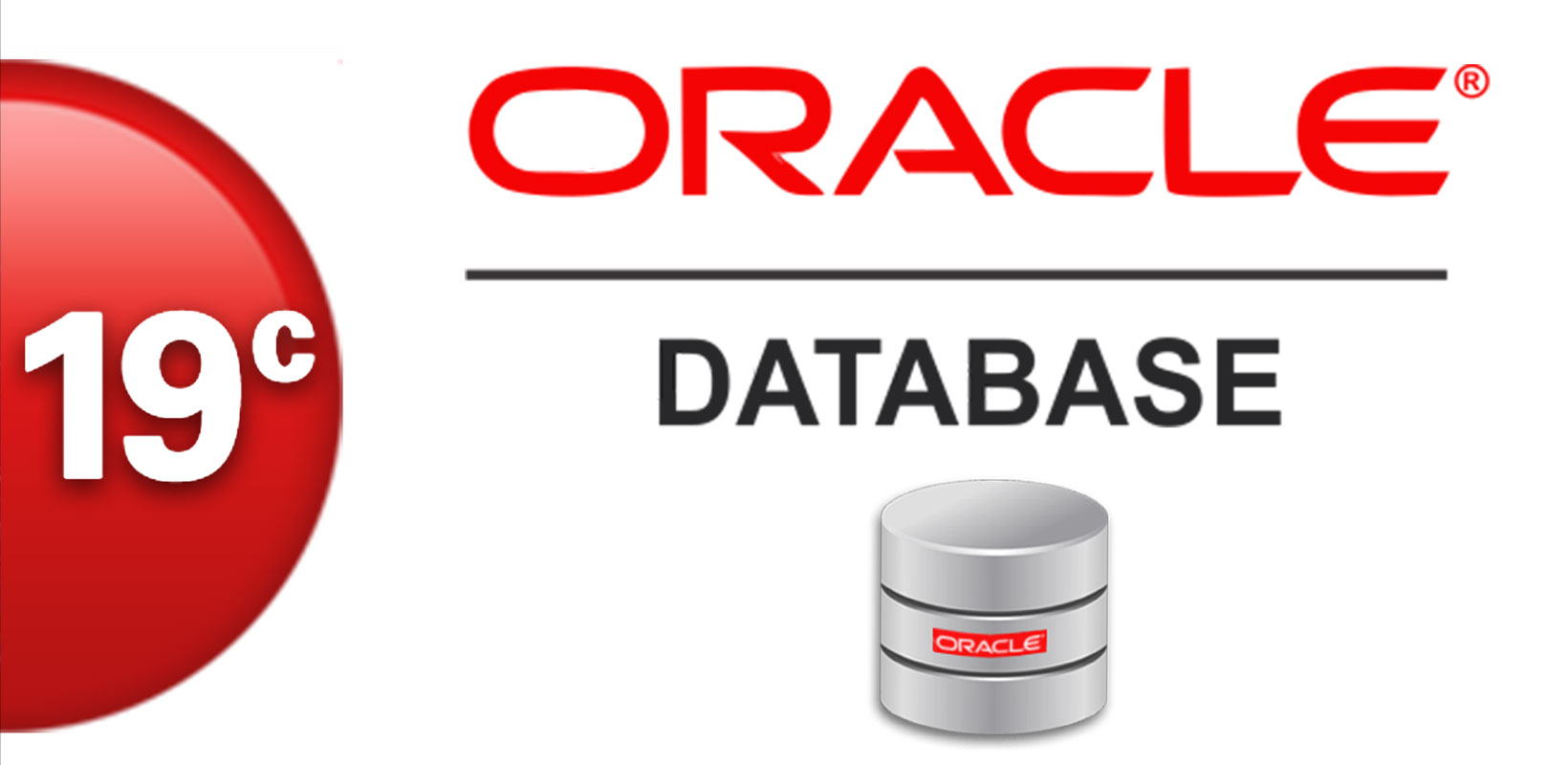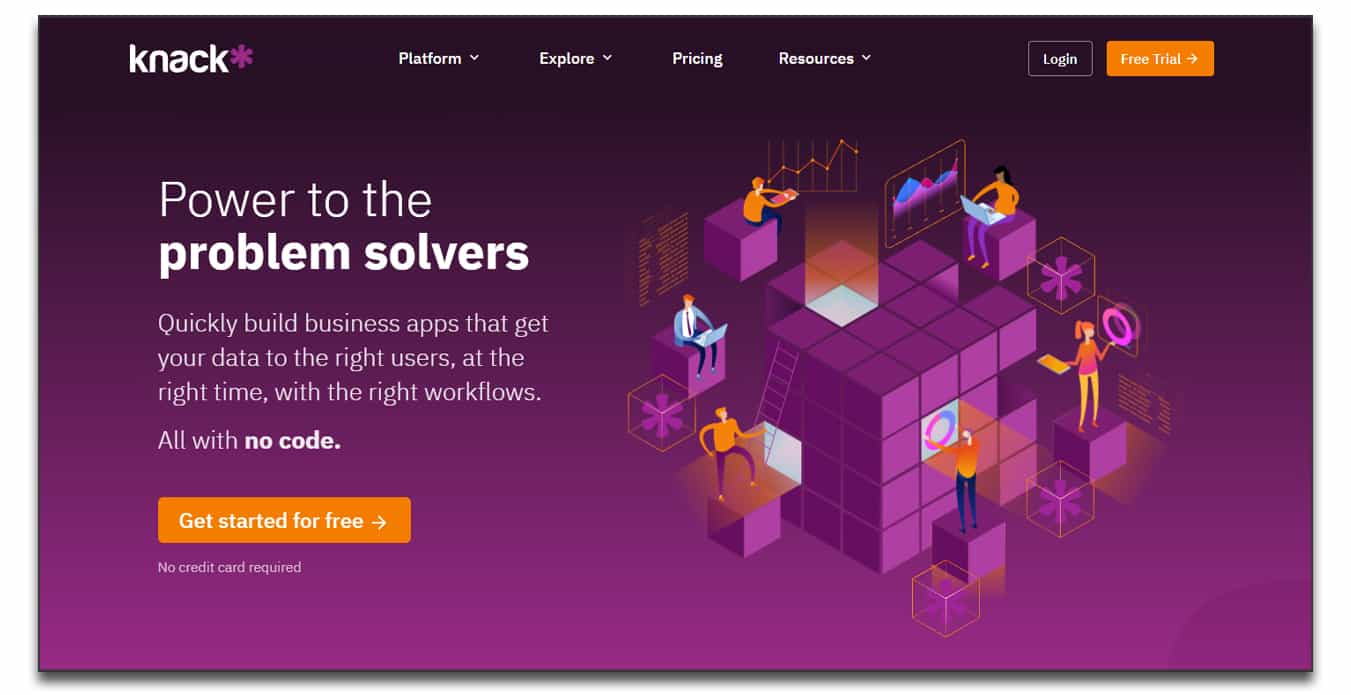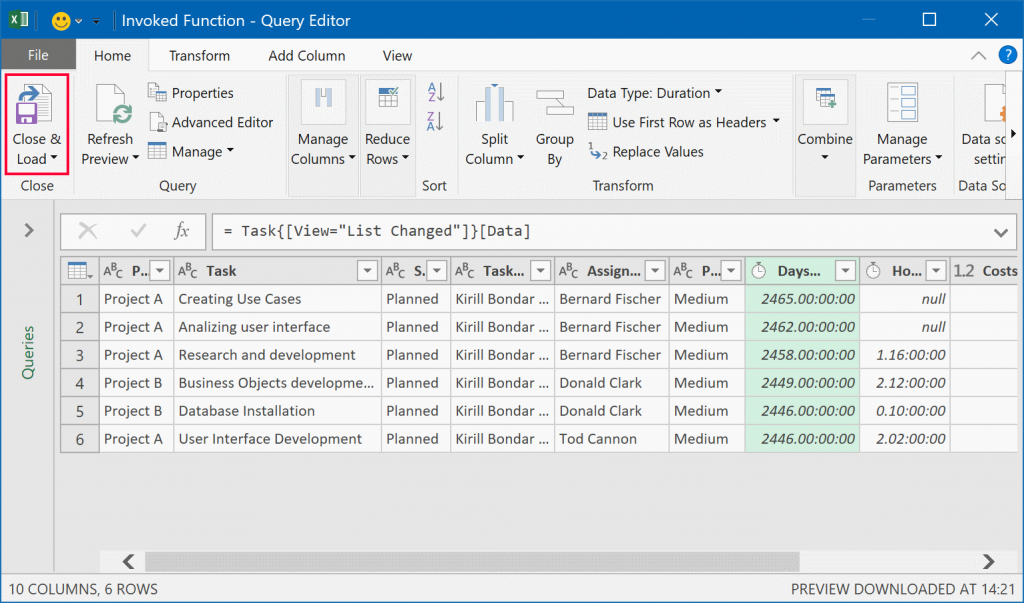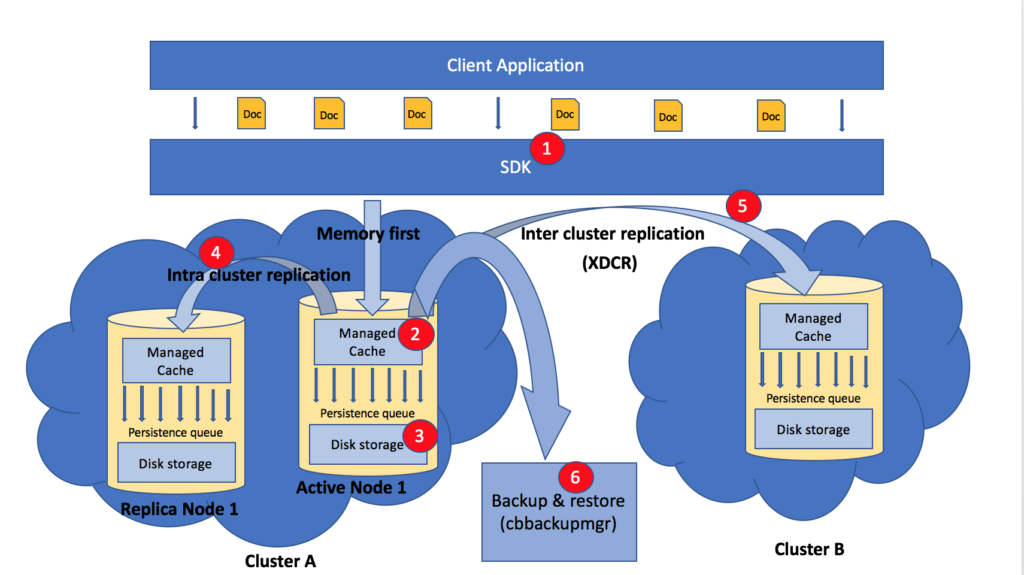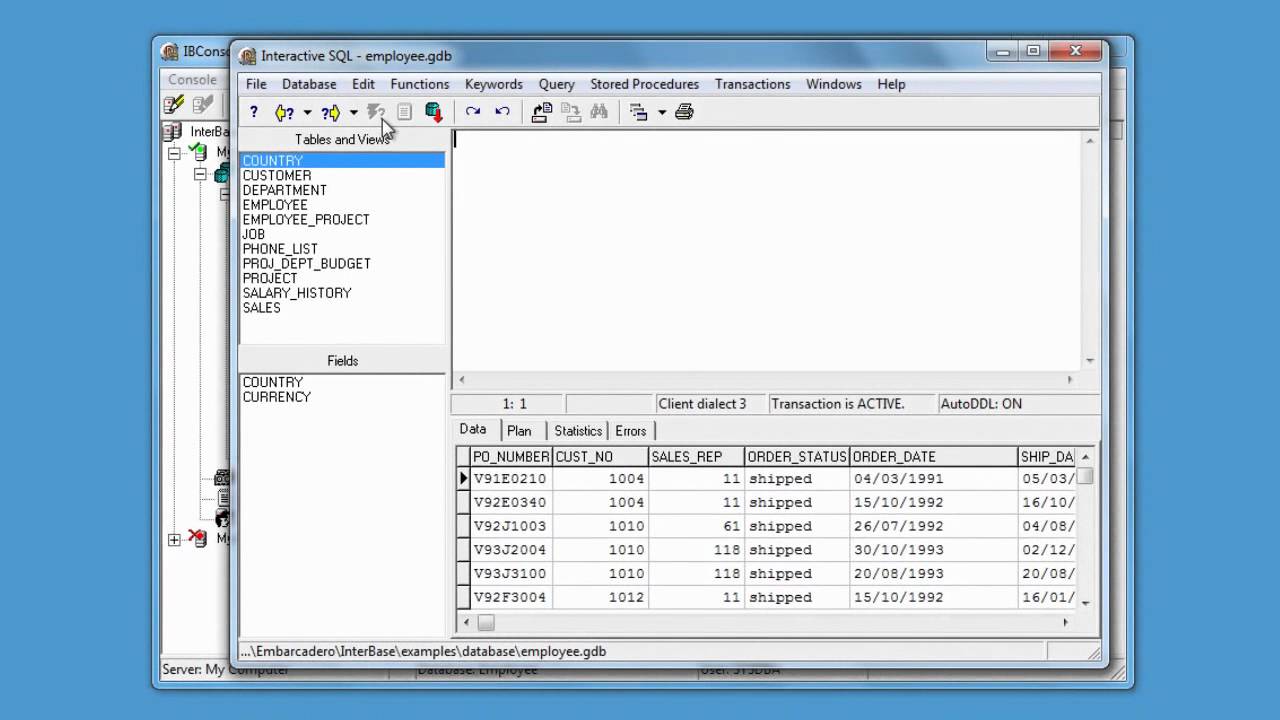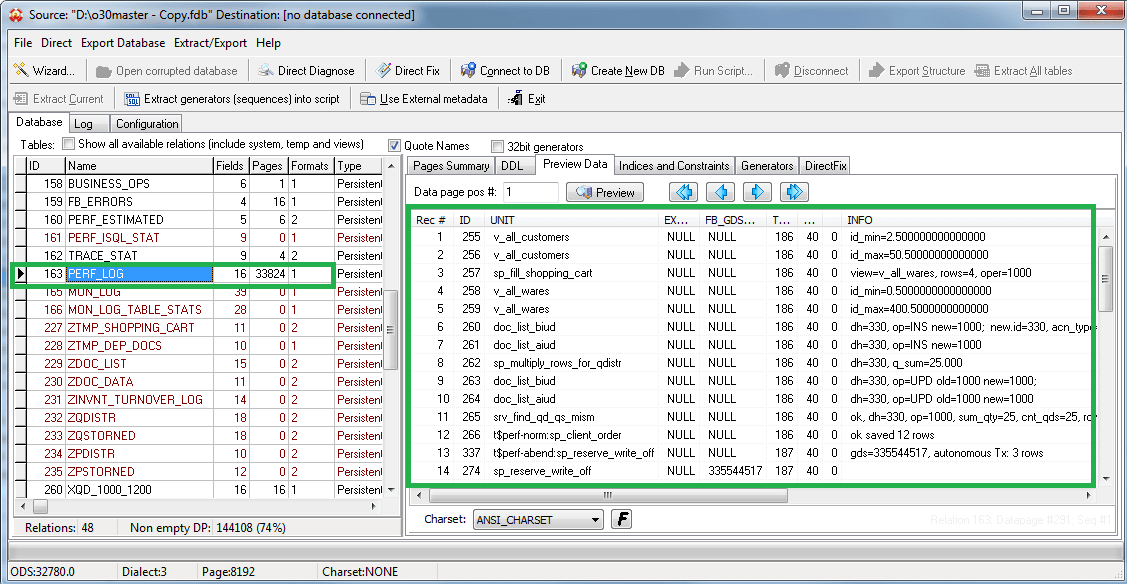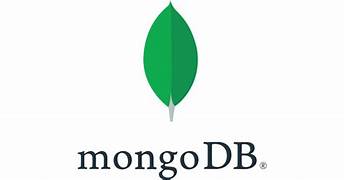If there’s one thing a data nerd loves more than structured tables and relational models, it’s free database software. Free makes everything better, right? That’s why we’ve compiled this in-depth guide to help you discover the best free database software of 2025 whether you’re tracking your grandma’s famous pie recipes or running a data-heavy enterprise on a shoestring budget.
So sit back, relax, and let’s walk through the best no-cost database management tools available today.
What Is Database Software?
Database software is a computer program designed to store, organize, retrieve, and manipulate large volumes of structured data. It acts as a digital repository that allows users to create, organize, and manage data in a way that makes analysis and access easy and efficient.
These platforms help create data structures (like tables), define relationships, and perform queries to extract insights. From small business operations to scientific research and cloud services, database software plays a vital role in ensuring data integrity, security, and smooth processing.
What is a DBMS?
A Database Management System (DBMS) is a specialized type of software that facilitates the creation, management, and use of databases. It allows users to store, retrieve, organize, and control access to data. DBMS platforms are foundational in helping businesses and individuals maintain organized, secure, and accessible data.
Pros and Cons of Database Software
Pros
-
Structured Data Organization: Keeps your data organized for easier access and analysis.
-
Data Accuracy & Reliability: Ensures consistency and reduces redundancy or human error.
-
Simultaneous Access: Allows multiple users or applications to access data concurrently.
-
Advanced Querying: Query languages like SQL enable precise data retrieval.
-
Scalability: Many systems grow with your needs without needing to switch platforms.
-
Backup & Recovery: Built-in features help minimize data loss from crashes or disasters.
Cons
-
Setup Complexity: Some platforms require technical expertise to configure.
-
High-End Costs: Enterprise features may be behind a paywall.
-
Performance Overhead: Large systems require maintenance and optimization.
-
Learning Curve: Query languages and database logic may be daunting to beginners.
-
Maintenance Burden: Databases require regular upkeep to run efficiently.
-
Vendor Lock-In: Migrating to another platform later can be difficult or costly.
Key Features to Look For in Free Database Software
-
Structured Storage: Organizes all kinds of data for efficient management.
-
Query Support: Enables easy data retrieval through SQL or similar languages.
-
CRUD Capabilities: Create, Read, Update, and Delete operations must be seamless.
-
Security & Access Control: Encryption, role-based access, and user authentication.
-
Concurrency Management: Supports multi-user collaboration without conflict.
-
Indexing & Optimization: Enhances performance, especially with large datasets.
Why Use a DBMS?
Every business, organization, or individual dealing with data can benefit from a DBMS. Here are five practical reasons:
-
Customer Data Management: Store customer details, purchase history, and contact records.
-
Employee Record Keeping: Track performance, contact info, and HR data efficiently.
-
Inventory Control: Monitor stock levels and product movement in real time.
-
Product Data Management: Store detailed specs, pricing, availability, and shipment data.
-
Improved Operations: Boosts efficiency, minimizes manual data errors, and simplifies reporting.
10 BEST Free Database Software:
The following are the top 10 free database programs available right now:
1. Oracle Database:
The Oracle Database is at the core of Oracle’s cloud service supply and provides a database as a service (DBaaS) platform that runs in the cloud. It seeks to offer businesses and database managers a wide range of advantages.
Initially, it seeks to deliver increased innovation and agility, providing a quicker time to market while minimizing costs and risk compared to conventional on-premises databases. Additionally, it includes a whole stack of patching software, firmware, clustering, and virtualization and is built to survive hardware failure. Scaling up or down performance and capacity is simple as needed.
Many regular operations can be automated using artificial intelligence (AI) and machine learning (ML), which relieves database administrators’ workload stress and frees them up to work on higher-value duties.
Even better, Oracle includes two Oracle Autonomous Databases in their “always free” tier of cloud services and access to tools like Oracle Application Express (APEX) and Oracle SQL Developer.
2. Knack:
Knack is undoubtedly one of the most comprehensive and user-friendly database management tools available, and it is aimed at businesses of all kinds. Thousands of enterprises, including Fortune 500 firms, startups, educational institutions, and nonprofits, use the cloud-based platform worldwide.
It provides a variety of tools that are intended to revolutionize how you organize corporate data. Using a variety of formulas and equations, you may organize information based on criteria like names and emails, link records together, and obtain a deeper understanding of your data. The interface is also simple to use and requires no programming skills.
You may create dashboards outfitted with charts, graphs, and pivot tables to receive real-time data insights. Additionally, you can do searches across datasets and employ adaptable filters. Like TeamDesk, a range of pre-built templates allows you to construct highly sophisticated databases easily.
The software also has some cool e-commerce features. Through connectivity with payment providers like PayPal and Stripe, you may process payments, donations, and online orders. A 14-day free trial is offered.
3. TeamDesk:
It’s worth looking into TeamDesk if you’re seeking a robust database solution that’s also simple to use. It gives you the resources to build customized databases without prior technological experience swiftly.
The fantastic thing about TeamDesk is that you don’t have to invest in your hardware because it runs on the cloud via its secure servers. The company claims that it has maintained an uptime record of 99.96% during the last six years, making it a dependable option.
Android, iPhone, Windows Phone, and Mac devices can all use the app. You can either select from a library of existing templates or create your own to set up a database. Once done, you may add and remove features as your business expands.
There are several pricing options available. You can add up to five users to the beginning version and have unlimited access to tables, records, storage space, and customer support. However, a team edition and an enterprise edition are also offered. To test the waters, you can join up for a 14-day free trial.
4. Nimbus Platform:
Nimbus Note, Nimbus Capture, and Nimbus Clipper are three apps and browser extensions that comprise the Nimbus Platform project management suite. Nimbus Note allows you to create spreadsheet database tables with various attributes, even though its primary capabilities were not designed with database development in mind.
Each column in a table may be changed into a certain kind of field using Nimbus Note, giving you all the controls you need to arrange and manage your content. Thanks to the various fields available in this simple and lightweight table editor, you can keep track of practically anything: single-line text, number, attachment, checkbox, single & multiple select, mentions, date, currency, link, rating, progress, etc.
5. Amazon Relational Database Service:
Using Amazon Relational Database Service (RDS), users can build, manage, and expand databases in the cloud.
While automating time-consuming administrative chores like hardware provisioning, setup, patching, and backups, it provides scalable capacity cheaply. Businesses are given the performance and security they require while being free to concentrate on their services.
Although RDS provides several capabilities that simplify databases, its most praised features come into play during deployment. The Amazon RDS Management Console, the AWS RDS Command-Line Interface, and simple API calls for quick and straightforward setup are some of these top operational features. Even if a user has little knowledge of Amazon tools, RDS performs most of the configuration before launch.
6. Couchbase:
For small, midsize, and large businesses in various sectors, such as banking, hotels, energy, information technology (IT), retail, telecommunications, and manufacturing, Couchbase is a feature-rich database management system. Using the platform, these companies can access, arrange, save, change, and aggregate relevant business data.
A multi-model NoSQL database called Couchbase was explicitly created for mission-critical applications, enabling more prosperous and customized employee and customer experiences. It is a document-oriented distributed database that combines Membase and CouchDB, two well-known NoSQL technologies.
7. InterBase:
One of the most adaptable DBMSs available is InterBase. It works with many different languages and across many different operating systems.
It is simple to integrate into the Integrated Development Environments from RAD Studios. Commercially relevant customer data can be stored there, and it can fuel both online and offline apps. Look only as far as InterBase if you require an embeddable SQL database with commercial-grade scalability. This database contains UNICODE support and strictly follows SQL standards.
If you want to reduce development costs, this is the most excellent tool for you. Developing panels could save time and cost while improving user experience.
A user can keep track of revisions to a subset of data down to the field level if they have access to that subset and subscriptions.
With this practical solution, it is possible to increase control over data change access with a minimum of modifying, creating, experimenting, and testing code.
InterBase is one of the top client-focused database management engines available today. It manages full disc active encryption and has a minor impact on database functioning and performance.
8. FireBird:
The ease with which a query’s response time can be quickly increased is my favorite FireBird feature. It is a must for working with elements, managing databases, or running element-related queries. All you need is an executable, and it’s completely risk-free and straightforward to set up. Additionally, it only requires a little computing power. It’s, therefore, excellent for distant servers with limited resources.
I appreciate how nicely it manages both modest and huge databases. You don’t require additional authorization or resources to use it because it is publicly accessible and free.
However, I find it annoying due to the 2. There is no window feature available in version x. It would be wonderful to have access to a legitimate database explorer, such as SSMS or SQL Developer.
I also wish there was a method to use a central server to connect multiple databases from various platforms to Firebird. Anyway, Firebird is the most dependable database engine. The setup procedure is simple, quick, and lightweight.
This database administrator moves quite quickly. As a result, Firebird can be a good option if you place a premium on safety but are limited by your price.
9. PostgreSQL:
A safe, dependable, and powerful database management system is PostgreSQL. Large volumes of data can be processed effectively by this free RDBMS.
PostgreSQL may be set up on both Linux and Windows computers. It works with various applications and data stores, including JSON and other formats, and is simple to use and build.
Vector search in PSQL is a vital tool, and I’ve used it before. It has many functional capabilities, like changing the time zone and interacting with data and the string function.
I’ve run it on Windows using PgAdmin, a graphical user interface for managing PostgreSQL. You only need one PSQL command to back up or restore a database.
Since SQL standards created PostgreSQL, switching from some other RDBMS is simple. PostgreSQL is an RDBMS that is dependable and equipped to handle heavy workloads.
My teammates needed very little training to pick up the database program. Anyone may download and use this program because there is no cost associated with it.
PostgreSQL setup takes time, though. In addition, sharing data with others can take time and effort, given the low adoption rate of this technology.
10. MongoDB:
Speed and efficiency are two key advantages of MongoDB. MongoDB’s upsert query is the most valuable feature.
It was like the gateway to the outside world was being opened for me. The data access layer will be relatively the same for me to make whatever changes I wish to the underlying data structure.
It reduces the time and work required for initial development and makes it much simpler for my team to adjust to changing needs. Our program is more effective at processing requests by separating comparable data.
The MongoDB database system has excellent tolerance and adaptability. This approach has considerable advantages for starting new projects because it enables quick creativity and a return to the architecture for fine-tuning.
It assists us in maintaining our organization. I appreciate how the customizable design frees myself and my team from the constraints imposed by traditional relational databases.
Its wrong RAM usage is its main problem. It may not be easy to create a search query to find a specific piece of information, depending on how deep the database is.
Conclusion: Your Next Database Is Free
As you can see, there’s a wealth of free database software out there, each with its own strengths. Whether you’re a solo entrepreneur, part of a growing startup, or managing enterprise operations, one of these tools will suit your needs perfectly.
We left out some strong contenders like Airtable and InterSystems due to limited free tiers. And while some of these options are beginner-friendly, others cater more to database professionals. Either way, your ideal no-cost DBMS is just a few clicks away.
So what are you waiting for? Pick your favorite, get set up, and start managing data like a pro.
FAQs
Q: When should I use a database instead of a spreadsheet?
A: When your data becomes too complex or voluminous for spreadsheets. Databases scale better, support multi-user access, and are more efficient for querying large datasets.
Q: Does Google offer a free database?
A: Google Cloud Databases offers powerful DBMS tools, but they aren’t entirely free—so we didn’t include them here.
Q: What database does Amazon use?
A: Amazon RDS supports Aurora, MySQL, PostgreSQL, Oracle, SQL Server, and MariaDB.
Q: Can I build a database in Outlook?
A: You can’t build a full-featured database in Outlook, but you can link it to Microsoft Access, which lets you create relational databases with ease.

